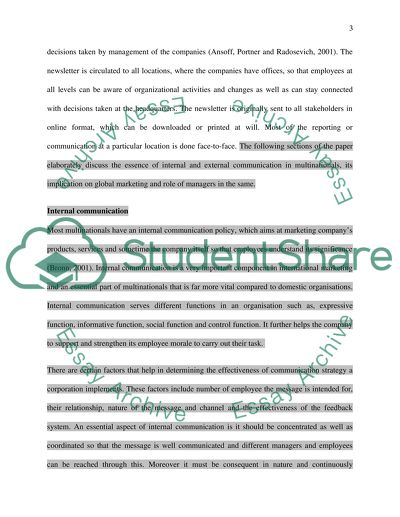Cite this document
(“Importance Of Internal And External Communication Strategies Essay”, n.d.)
Retrieved from https://studentshare.org/marketing/1647629-importance-of-internal-and-external-communication-strategies
Retrieved from https://studentshare.org/marketing/1647629-importance-of-internal-and-external-communication-strategies
(Importance Of Internal And External Communication Strategies Essay)
https://studentshare.org/marketing/1647629-importance-of-internal-and-external-communication-strategies.
https://studentshare.org/marketing/1647629-importance-of-internal-and-external-communication-strategies.
“Importance Of Internal And External Communication Strategies Essay”, n.d. https://studentshare.org/marketing/1647629-importance-of-internal-and-external-communication-strategies.


